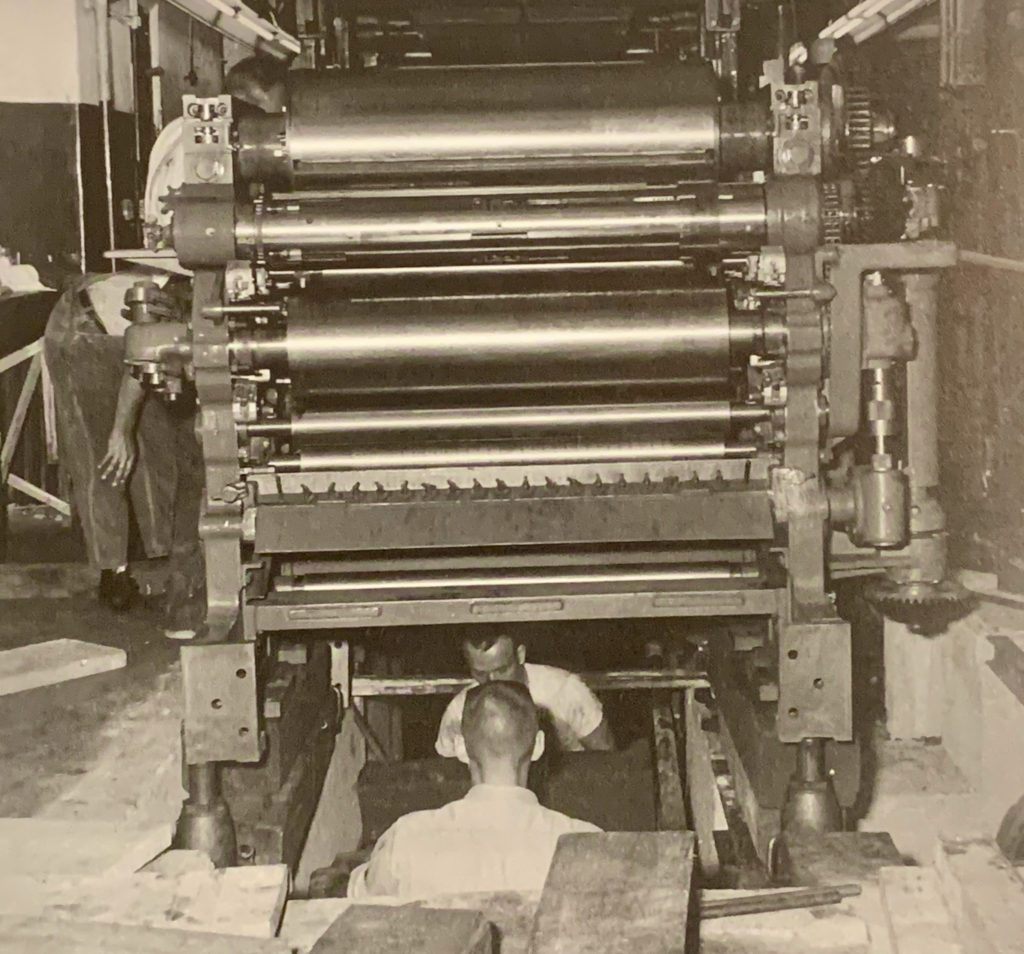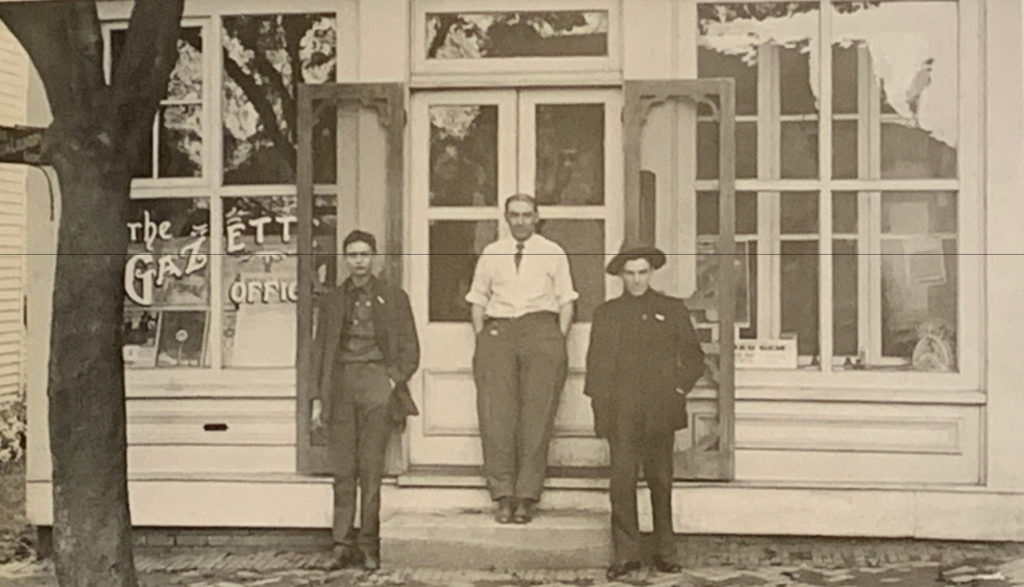Nineteenth Century Wayne County Printing Press
- Home
- Community in the Columns
- Special Exhibitions
- Nineteenth Century Wayne County Printing Press

Judge Levi Cox and Mr. Samuel Baldwin, both transplants from Pennsylvania, worked together to publish Wayne County’s first newspaper – the Ohio Spectator – in 1817.1 From that point on, newspapers in Wooster and Wayne County played critical roles in shaping and shifting the local community through the tumultuous times of the nineteenth century. Though Cox and Baldwin’s partnership would last for little more than a year, the Spectator’s publication heralded a new age of small-town press in Wooster.2
The Spectator continued its life under several different names over the following decades as its ownership changed. Ohio Oracle, Wooster Journal and Democratic Times, and Wooster Democrat were all descendants of the original Spectator. In 1852, following the newspaper’s acquisition by H. C. Johnson and Enos Foreman, the name changed to the Wooster Republican, a name and political affiliation it would hold until 1898.3 The Wayne County Democrat, Wayne County’s most circulated newspaper for much of the nineteenth century and direct rival of the Wooster Republican, began life in 1826 under the name The Republican Advocate. Founded as a Jacksonian newspaper by Joseph Clingan, the Advocate would be sold and resold multiple times until it was rebranded Democrat in the 1840s.4
These two newspapers were the most popular in Wayne County for much of the nineteenth century, but the local newspaper scene was far more diverse then than it is today. Weekly newspapers such as the Dalton Gazette and Wooster Journal, and daily newspapers such as the Wooster Daily News and Wooster Daily Republican, were also present for much of the nineteenth century, providing citizens with a wide variety of local newspapers to consume.

These newspapers contained some local news — such as advertisements for local goods and services at the markets — but the primary focus of these newspapers was elsewhere. From 1817 onward, newspapers in Wooster and Wayne County played critical roles within the local community. They provided national political and economic commentary, reported on important events such as the Civil War, advertised local goods and services, and supplied entertainment for readers. With a variety of local newspapers available, either daily or weekly, there existed many ways for newspapers to connect citizens to each other and to the outside world.
Footnotes:
1: B. F. Bowen, History of Wayne County Ohio, vol. 1 (Indianapolis: B. F. Bowen & Company, 1910), 312.
2: Bowen, History of Wayne County, 312-313.
3: Bowen, History of Wayne County, vol. 1, 314-315.
4: Bowen, History of Wayne County, vol. 1, 314-315.

